
Many users experience slow upload speeds on Google Drive, especially with large or multiple files. This article offers several solutions to help improve upload speeds and make file transfers smoother.
Method 1: Update Drivers
Driver Sentry is a professional driver management software focused on helping users install, update, and upgrade their computer drivers. With Driver Sentry, you can automatically detect and update drivers, saving time and effort while reducing the risk of downloading or installing incorrect drivers.
Click the download button to get the latest version of Driver Sentry. Once installed, open the software and click "Scan".
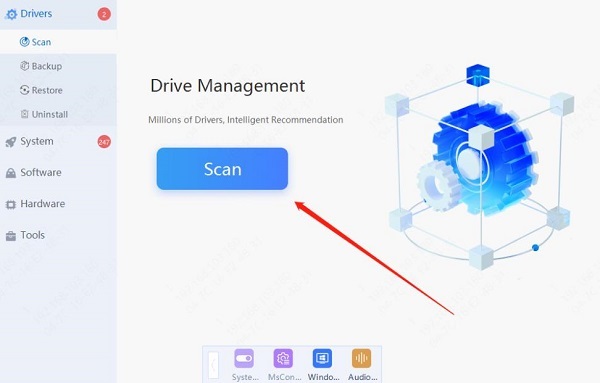
After scanning, it will show which drivers are missing or need updating. Find the drivers that need updating from the results list and click the "Update" button.
Once the update is complete, it's recommended to restart your computer to ensure the updated drivers work correctly.
Method 2: Check Network Connection
If possible, use a wired connection from your device to the router, as wired networks are usually faster and more stable than Wi-Fi.
If the network connection is unstable, try restarting the router and reconnect after 1-2 minutes.
Use an online tool like Internet Speed Test to test your upload speed. Ideally, the upload speed should match your internet plan.
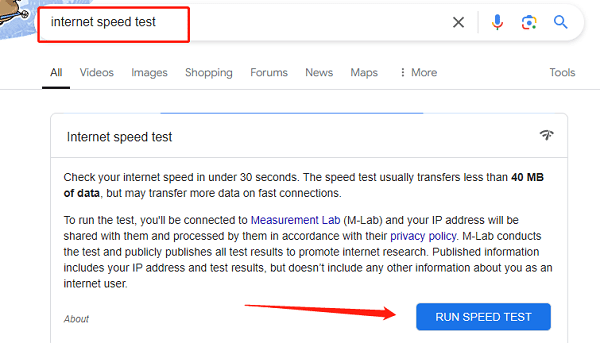
If the upload speed remains slow, try connecting to another Wi-Fi network or use a mobile hotspot for uploading.
Method 3: Use the Google Drive Desktop Client
Visit the official Google Drive website, download Google Drive for Desktop, and follow the prompts to complete the installation.
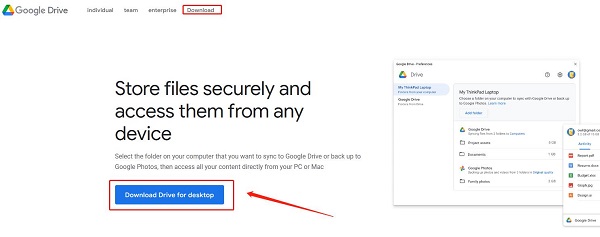
After installation, you can select which folders to sync with the cloud. Drag the files you want to upload into these folders, and Google Drive will automatically sync them to the cloud.
The desktop client uploads files in the background without affecting your work, and the upload speed is typically faster and more stable than uploading through a browser.
Method 4: Clear Browser Cache and Cookies
In Chrome, click the three-dot menu in the top-right corner and select "Settings".
On the settings page, click "Privacy and Security".
Select "Delete browsing data", check "Cached images and files" and "Cookies and other site data", then click the "Delete data" button.
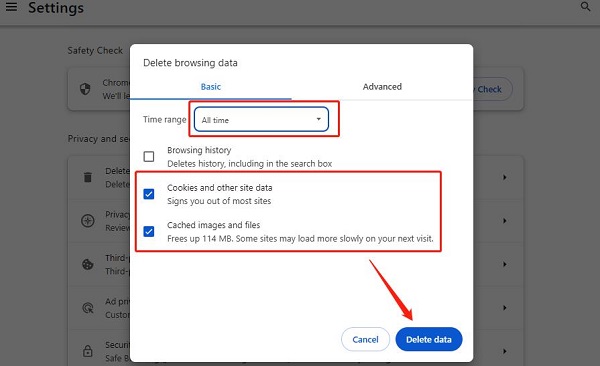
After clearing, log back into Google Drive and try uploading files again to see if there is an improvement in speed.
Method 5: Manage Background Applications
Press Ctrl + Shift + Esc to open Task Manager. Switch to the "Performance" or "Processes" tab and find programs using a lot of network resources. Right-click and choose "End task".
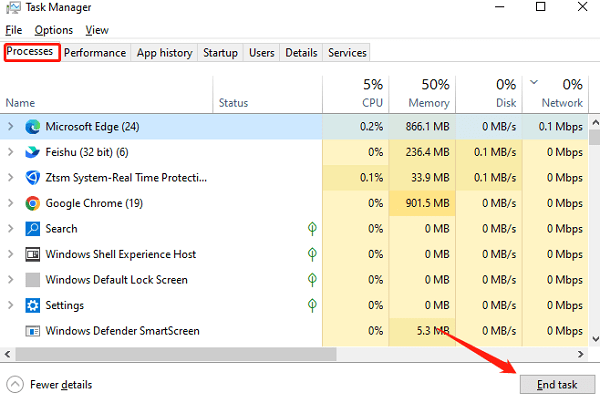
Some programs may automatically update in the background, affecting upload speeds. Disable automatic updates to avoid using bandwidth.
Go to the router's settings page and enable the QoS (Quality of Service) feature to prioritize bandwidth for Google Drive uploads.
Method 6: Check File Size and Format
If the file is too large, it's recommended to compress it into a ZIP file or split it into smaller files for uploading, which can reduce upload time.
Certain file formats may upload slowly due to encoding or compression. Try converting the file to a more common format, such as PDF or JPEG, before uploading.
Method 7: Check Google Drive Storage
Visit the Google Drive website or open the desktop client.
At the bottom right of the webpage or in the desktop client settings, you can check the remaining storage space on Google Drive. If storage is nearing its limit, consider deleting unnecessary files or purchasing more storage.
Method 8: Check Google Drive Settings
Open Google Drive, click the gear icon in the top-right corner, and select "Settings" and "Preferences".
Scroll down to find "Bandwidth Settings".
Ensure that "Download Rate" and "Upload Rate" are not selected. Click "Done" to save the settings.

Method 9: Update or Switch Browsers
If you are using Chrome, click the three-dot menu in the top-right corner, select "Help" > "About Chrome", and check for updates.
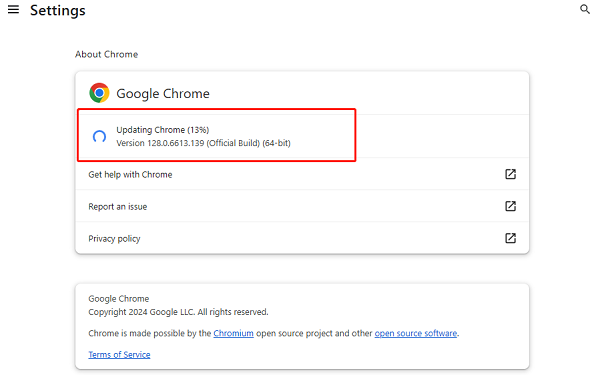
If Chrome still doesn't improve upload speed, try using other browsers such as Firefox or Microsoft Edge for the upload test.
Method 10: Change Network Environment
Try connecting your computer to a mobile hotspot to see if the upload speed improves.
If the upload speed is slow at home, try uploading the files from the office or a public Wi-Fi network.
If your router supports the 5G band, switch to the 5G network, as it is generally faster and more stable than 2.4G.
By using the above methods, you can effectively improve Google Drive upload efficiency. We hope the solutions provided in this article will help you resolve the issue of slow upload speeds.
See also:
6 Methods to Fix Bluetooth Speaker Not Working
How to Download and Perform a Clean Installation of Windows 11